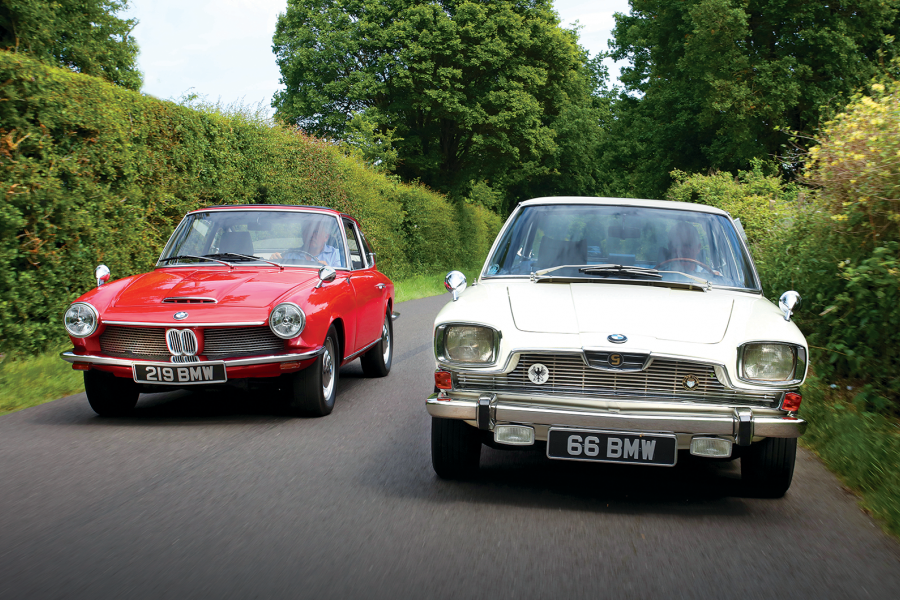
Hans Glas knew what to do next.
It was 1956. His Goggomobil had been an instant success, knocking his microcar rivals into touch by offering a real car in miniature, just at the moment when West Germans were going off motorcycles.
With the economy of the Federal Republic thriving, what was needed was a bigger model to which Goggo owners could trade up.
Something to rival the increasingly old fashioned 600cc Lloyd, and maybe – why not? – head off a few people who might otherwise have spent a bit more on a Volkswagen Beetle.

The Glas T600 and T700 had the tough job of following the very successful Goggomobil
You see the result here, and you can’t help thinking that with the T600 and T700 the ambitious Bavarian firm had hit its target spot-on.
Germany, as elsewhere, was moving away from the lumpy first generation of pontoon-styled saloons towards something crisper and more American.
Ford of Germany’s edgy Taunus 17M, unveiled in August ’57, would herald that change, in company with the 1958-season Opel Rekord.
The ‘big Goggomobil’ fitted in perfectly, its swooping chrome trim, duotone paint and panoramic ’screen neatly echoing the presentation of these exciting new mid-sized saloons.












